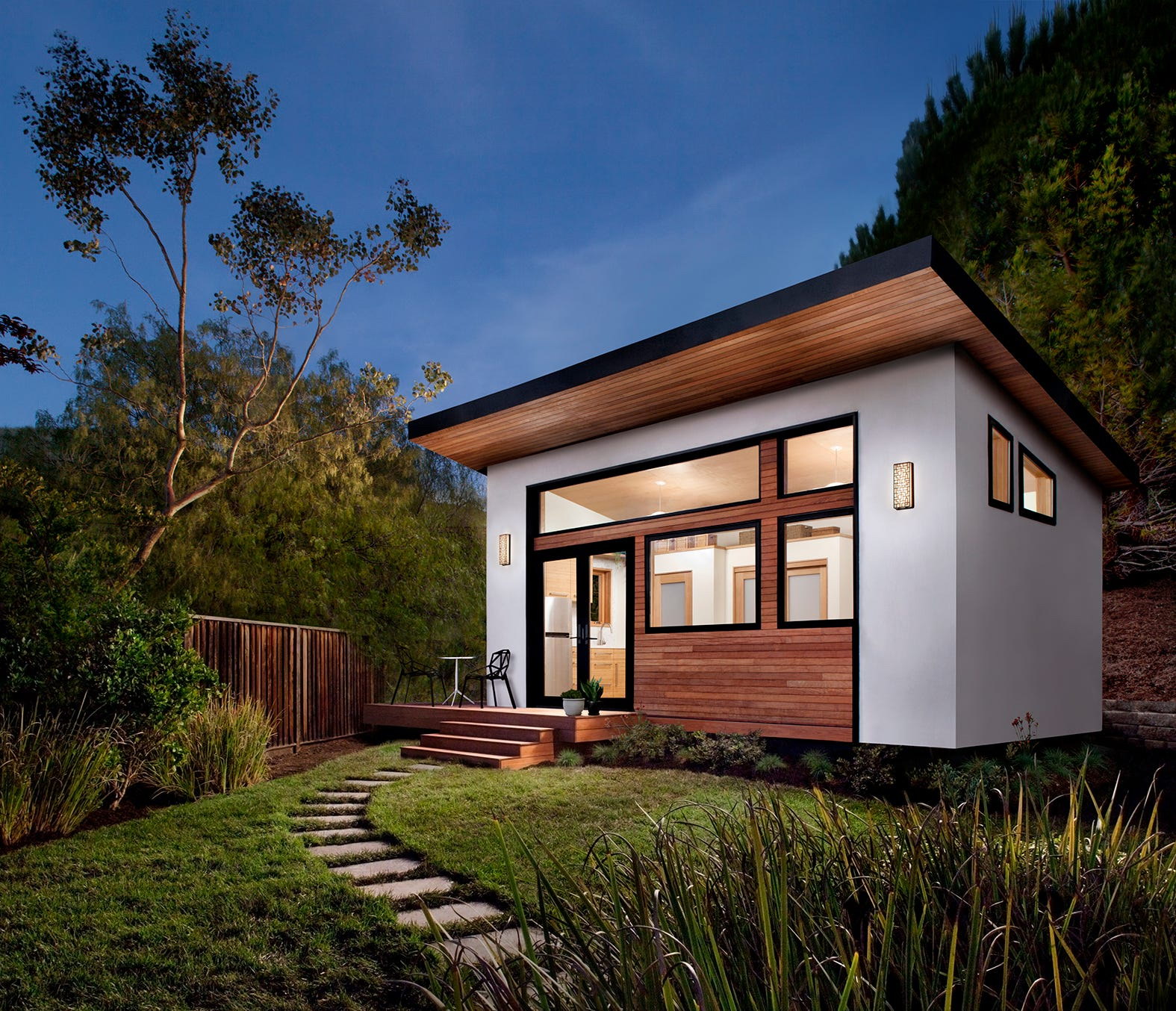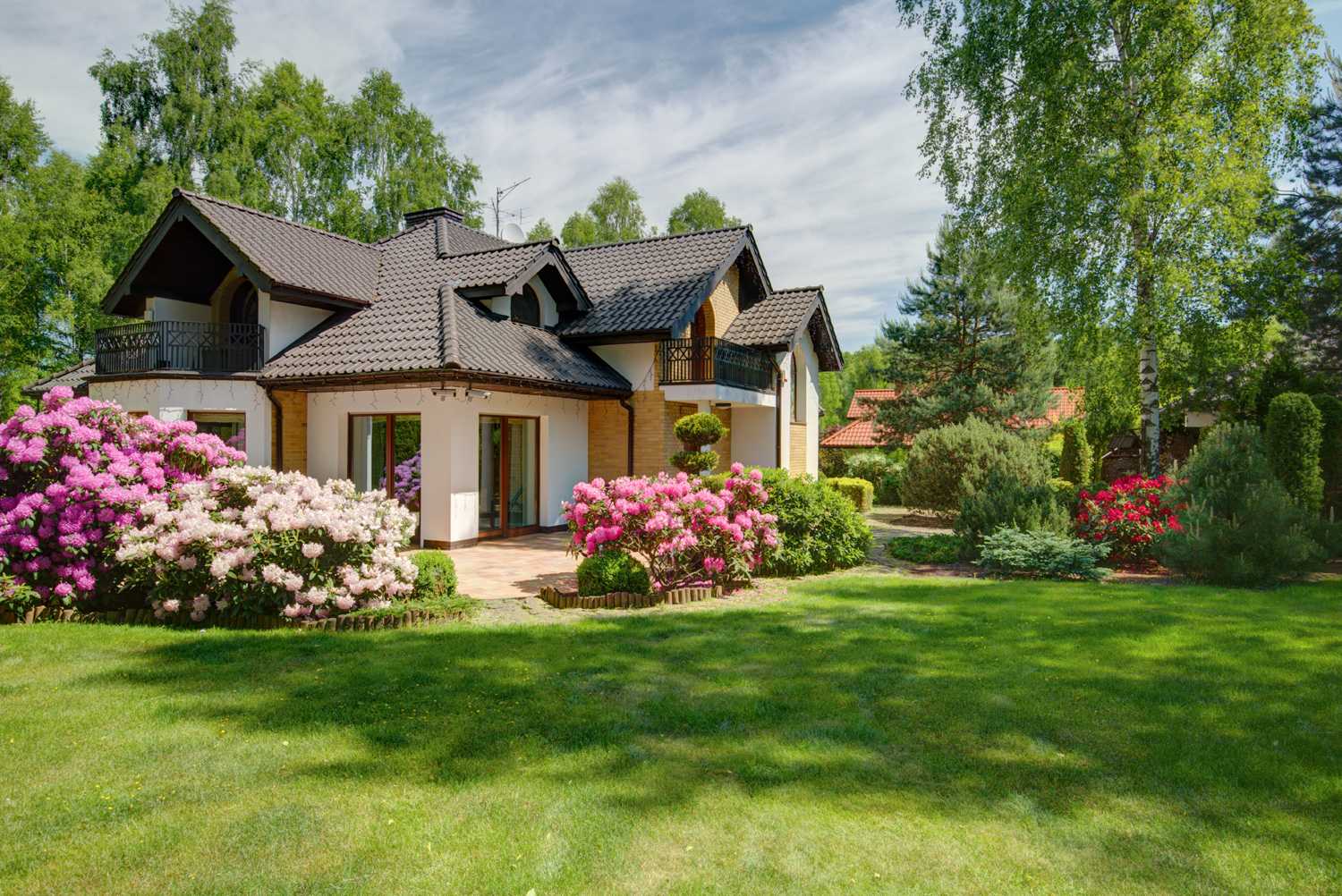The Allure of Garden Cottage Living: 1 Bedroom Garden Cottage

Garden cottages offer a unique and appealing lifestyle that blends the charm of a cozy home with the tranquility of nature. These charming abodes provide a haven for those seeking a simpler, more intimate living experience.
The Benefits of a Cozy and Intimate Living Space
A 1-bedroom garden cottage provides a sense of intimacy and coziness that is often missing in larger homes. This compact space encourages a minimalist approach to living, promoting a sense of order and peace. The smaller footprint also creates a sense of warmth and togetherness, making it ideal for individuals or couples who value a close-knit living environment.
Designing a Functional and Stylish 1-Bedroom Garden Cottage
Transforming a small space into a comfortable and stylish haven requires thoughtful planning and a focus on maximizing functionality. A 1-bedroom garden cottage, while compact, presents a unique opportunity to create a cozy and inviting living environment.
Efficient Space-Saving Design Techniques
Designing a functional and stylish 1-bedroom garden cottage often involves finding creative solutions to maximize space. Efficient space-saving design techniques are essential for creating a comfortable and inviting living environment. These techniques can help to create a sense of openness and flow within the limited space.
- Multifunctional Furniture: Furniture that serves multiple purposes is key in a small space. A sofa bed, for example, can double as both seating and sleeping space. A coffee table with storage compartments can provide additional storage while serving as a central gathering point.
- Built-in Storage: Built-in shelves, cabinets, and drawers can make the most of vertical space and eliminate the need for bulky freestanding furniture. A built-in bookshelf can not only display books but also provide storage for other items.
- Mirrors: Mirrors can create the illusion of more space by reflecting light and expanding the visual field. Strategic placement of mirrors can make a small room feel larger and brighter.
- Open Floor Plan: An open floor plan, where the living, dining, and kitchen areas are connected, eliminates visual barriers and creates a sense of spaciousness.
Importance of Natural Light and Ventilation
Natural light and ventilation are crucial for creating a welcoming and healthy living environment, especially in a compact space. Adequate natural light can enhance the mood, while proper ventilation ensures good air quality and prevents the buildup of moisture.
- Large Windows: Maximizing natural light is essential in a small space. Large windows allow for ample sunlight to enter, making the room feel brighter and more spacious.
- Skylights: Skylights can bring in natural light from above, creating a sense of openness and height.
- Cross-Ventilation: Creating cross-ventilation, where air flows through the space from multiple points, is essential for maintaining good air circulation and preventing mustiness.
Maximizing Storage Solutions
Storage is crucial in a small space, as it helps to keep the area organized and clutter-free. A well-designed storage system can make a significant difference in creating a sense of order and calm.
- Vertical Storage: Utilize vertical space by incorporating shelves, cabinets, and wall-mounted storage units. This maximizes storage capacity without taking up valuable floor space.
- Under-Bed Storage: Use under-bed storage containers or drawers to store seasonal items or bedding.
- Over-the-Door Organizers: Over-the-door organizers can provide additional storage for shoes, toiletries, or other items.
Creating a Sense of Spaciousness and Flow, 1 bedroom garden cottage
Clever design choices can make a small space feel larger and more inviting. By focusing on creating a sense of flow and visual openness, a 1-bedroom garden cottage can be transformed into a comfortable and stylish home.
- Light and Neutral Colors: Light and neutral colors on walls and furniture can make a space feel larger and more airy.
- Minimalist Decor: A minimalist approach to decor, with fewer items and clean lines, can create a sense of spaciousness.
- Open Shelving: Open shelving, instead of closed cabinets, can create a more open and airy feel.
Creating a Garden Oasis

The garden surrounding your garden cottage is an extension of your living space, offering a tranquil retreat where you can connect with nature, relax, and entertain. Transforming this outdoor area into a charming and inviting garden oasis requires careful planning and thoughtful design choices.
Designing a Garden Layout for Privacy and Tranquility
The layout of your garden plays a crucial role in creating a sense of privacy and tranquility. Consider using strategically placed plants, fences, and other landscaping features to define different zones within the garden.
- Create Privacy with Hedges and Walls: Dense hedges or low walls can provide a visual and sound barrier, creating a sense of seclusion. Evergreen hedges, such as boxwood, holly, or yew, offer year-round privacy and structure. For a more rustic feel, consider a fence made from natural materials like wood or stone.
- Use Trees for Shade and Screening: Trees, strategically placed, can provide shade and screen views, creating a sense of privacy and a more intimate atmosphere. Choose trees with attractive foliage and flowers that complement the cottage’s style. Deciduous trees offer shade in the summer and allow sunlight to reach the garden during the winter.
- Define Zones with Paths and Stepping Stones: Create distinct areas within the garden using paths and stepping stones. This allows you to create a sense of flow and separation, defining areas for dining, relaxing, or gardening. Paths can be made from gravel, pavers, or even stepping stones.
Choosing Plants for a Garden Oasis
The plants you choose for your garden oasis should complement the cottage’s style and create a sense of peace and tranquility. Consider the following:
- Flowering Plants for Color and Fragrance: Include a variety of flowering plants to add color and fragrance to the garden. Choose flowers that bloom at different times of the year to ensure continuous color throughout the seasons. Examples include roses, lavender, hydrangeas, and lilies. For a cottage garden style, opt for cottage garden favorites such as foxgloves, poppies, and sweet peas.
- Foliage Plants for Texture and Interest: Foliage plants add texture and visual interest to the garden, even when not in bloom. Consider ferns, hostas, and ornamental grasses for their unique shapes and textures. These plants can also help to create a sense of privacy and define different areas within the garden.
- Low-Maintenance Plants for Ease of Care: Choose low-maintenance plants to minimize the time and effort required for upkeep. Consider drought-tolerant plants that require minimal watering, such as succulents, cacti, and lavender. Native plants are also a good option, as they are adapted to the local climate and soil conditions.
Creating Outdoor Seating and Dining Areas
Outdoor seating and dining areas extend the living space of your garden cottage and provide opportunities for relaxation and entertaining.
- Comfortable Seating: Choose comfortable and durable seating options for your outdoor space. Consider a mix of chairs, benches, and even a hammock for lounging. Choose materials that are weather-resistant and easy to maintain, such as wicker, metal, or teak.
- Dining Table and Chairs: If you plan on entertaining outdoors, invest in a sturdy dining table and chairs. Choose a table that is large enough to accommodate your guests and a style that complements the cottage’s design. Consider a table with an umbrella for shade.
- Fire Pit or Chiminea: A fire pit or chiminea can add warmth and ambiance to your outdoor space, making it inviting even on cooler evenings. Choose a fire pit or chiminea that is safe and easy to use. Remember to place it on a non-flammable surface and follow all safety guidelines.
Creating a Sustainable and Low-Maintenance Garden
A sustainable and low-maintenance garden is not only environmentally friendly but also saves you time and effort in the long run.
- Water Conservation: Implement water-saving measures in your garden, such as using a drip irrigation system, collecting rainwater, and mulching to retain moisture. Choose drought-tolerant plants that require minimal watering.
- Composting: Start a compost bin to recycle organic waste from your kitchen and garden. Compost can be used as a natural fertilizer, enriching the soil and reducing the need for chemical fertilizers.
- Native Plants: Incorporate native plants into your garden, as they are well-suited to the local climate and soil conditions. Native plants require less water and maintenance, making them a sustainable choice. They also attract pollinators and beneficial insects, supporting local biodiversity.
